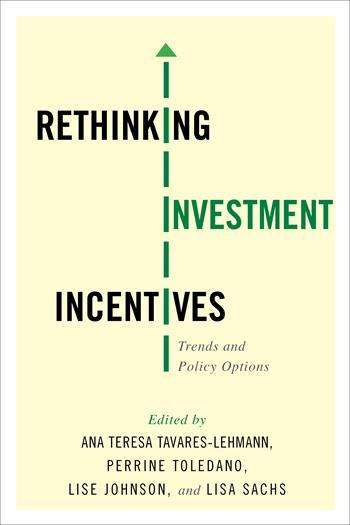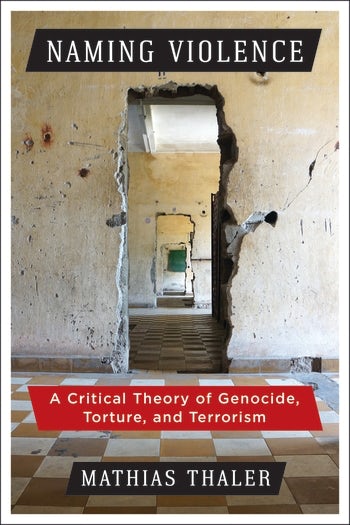Jennifer Morrison Taw on economic trade-offs and the military
“[Cost-benefit] analyses can be skewed and the resulting resource distributions out of whack if policymakers determine their objectives on the basis of the instruments at hand rather than determining which instruments they need on the basis of their objectives.” — Jennifer Morrison Taw
Defense spending is an important issue, particularly with discussion of the national debt and balancing the budget driving this year’s presidential election. In her post today, Jennifer Morrison Taw addresses defense spending from an unusual angle, asking how our defense budget impacts our foreign policy choices. Professor Taw, an assistant professor at Claremont McKenna College and former policy analyst at the RAND Corporation, where she focused on counterinsurgency, counterterrorism, and peacekeeping, is the author of Mission Revolution: The U.S. Military and Stability Operations.
The city of San Bernardino, California, recently went bankrupt. Now the citizens are debating where to make cuts that will allow for the town’s healthy future. One vocal faction led by a charismatic Dutch ex-patriot is calling for cuts to all non-essential services – including parks and libraries – so that resources can go to boosting police presence. The logic is: increasing policing reduces crime, which entices the middle class back into town, thus promoting growth. Several other groups of residents have put forward a very different approach. They want to scale back police and firefighters’ salaries to free up funds to put into paying for other public services. These people would prefer to emphasize quality of life over security, believing that the latter will follow the former.
This debate is replicated time and again on a much larger scale. It is at the foundation of competing counterinsurgency strategies, represents a crucial decision for nation builders, and underlies most countries’ allocation of their domestic resources, including our own. It is also at the heart of the question of how the U.S. can best promote its interests internationally. In this context, the question becomes: to what extent do we invest in the future over the long-term, hoping to divert crises with development programs and diplomacy, and to what extent do we prepare our defense capabilities to respond to contingencies when they do arise? It is pretty obvious how this equation has been worked out to date: in a very typical division of resources, the 2012 U.S. defense budget accounts for about 20 percent of the total annual budget and about 4 percent of the overall GDP; the spending on the State Department and the U.S. Agency for International Development together account for only 1 percent of the total 2012 budget.
In many ways, this makes sense. Maintaining an active, professional, readily deployable military with modern equipment for air, land, and sea is expensive. And having a robust, credible defense that doubles as a deterrent is both necessary and wise. Where the math gets problematic, however, is when offense, defense, and deterrence are all covered and the military’s budget still exceeds that of the next 17 nations put together (the U.S. defense budget accounts for approximately 43 percent of total global defense outlays). Questions then crop up as to what else we might be able to do with this awesome force. Policymakers find themselves with a tool at their disposal that gives them a long reach, extensive manpower, and a broad built-in skill set. And they begin to see it as an all-purpose foreign policy instrument that they can use for a range of operations other than offense, defense, and deterrence. They begin to imagine a new world of things they can do internationally. This is where the problems arise, as policymakers get ambitious with U.S. actions abroad knowing they have the full potential of the U.S. military at their disposal.
Although policymakers have long used the U.S. military as an instrument of foreign policy above and beyond providing for offense and defense, doing so became easier with the military’s adoption of a new broader mission in 2005. That year, after resisting for the whole of its history, the U.S. armed forces incorporated the promotion of international stability into their primary responsibilities. Now the U.S. military is actively preparing to shape peacetime using military to military diplomacy and undertaking friendship missions that include things like the provision of veterinarian assistance and dental care. Meanwhile, they are preparing to do what is necessary to promote not just security but also development in conflict and post-conflict environments.
This might seem great – the military getting itself ready to do the kinds of things it has long been asked to do anyway – but consider San Bernardino. Despite manpower and resource shortfalls in the public works departments, the police – no matter how well-paid or capable they are – would never be asked to keep the parks and local swimming pools open in addition to protecting the public. Putting them to work on those tasks and having them re-tool their capabilities in order to be able to do them well sounds silly, because it is clear that it would be a disservice at both ends. It would diminish the ability of the police force to function for its traditional mission and the people actually trained and expert in park maintenance and life-guarding and library administration would remain off the job while capable but unqualified police officers stood in for them. Moreover, the police might shelve books and mow lawns, but their first priority would remain public security, and they would likely adjust their new roles to enhance that as much as possible, sometimes to the detriment of their newer jobs. To stretch the analogy way too far, having such a well-resourced and diversified police force might even lead the town council into undertaking more expansive and ambitious efforts, like providing services in nearby towns or building dams, not because chances of success were higher, but because the costs of trying were lower. But, to be clear, none of this would ever happen. It is understood that San Bernardino must make trade-offs. If it wants to retain its expensive police force, it will have to give up some public services. If it wants to retain its public services, it will make cuts in resources going to the police.
All this to say: policymakers always have to make cost-benefit analyses and accept compromises as they allocate resources. This is as true in local politics as it is in foreign policy. But those analyses can be skewed and the resulting resource distributions out of whack if policymakers determine their objectives on the basis of the instruments at hand rather than determining which instruments they need on the basis of their objectives. If the U.S. wants to promote international peace and stability over the long term; if it wants to avoid crises and conflicts rather than just respond to them when it is already too late; if it wants to invest in an ounce of prevention rather than relying on a pound of cure; it might begin by reconsidering how resources are distributed among the government entities responsible for diplomacy, development, and defense and it might make sure that the division of labor is determined to maximize the comparative advantages of each.





